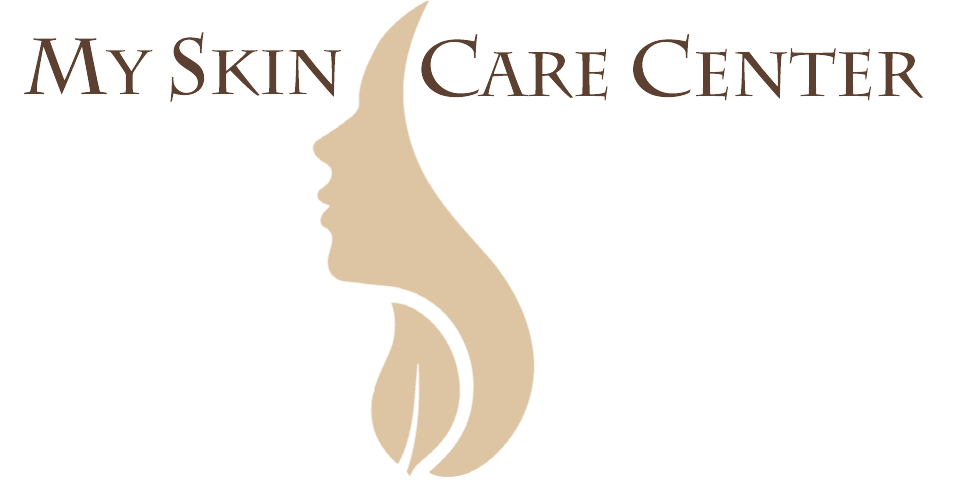PARADOXICAL HYPERTRICHOSIS AFTER LASER EPILATION
PARADOXICAL HYPERTRICHOSIS AFTER LASER EPILATION
"The use of lasers to remove hair has become very popular in recent years. However, there are sometimes strange phenomena that occur when lasers are used to remove unwanted hair. On rare occasions, instead of removing hair, laser treatments can actually promote hair growth. This phenomena, known as hypertrichosisis, is paradoxical effect of laser epilation. The new hair growth is actually created in part by the effect of the laser although this effect and how it occurs is not yet completely understood. Scientists are now searching for a better understanding of the mechanism behind this paradoxical effect of laser induced hypertrichosis so as to prevent it in future cases.
In order to better understand this phenomenon, scientists set up an experiment using an alexandrite laser to remove the unwanted hair of 489 patients. The patients had all been customers at a single laser hair removal clinic at the University of British Columbia Dermatology Division in Canada, and were treated by trained nurses and supervised by board certified dermatologists. Out of these 489 patients, only 3 cases of laser induced hypertrichosis were identified, but these cases were enough to offer further information on this rare phenomenon.
The three patients who had experienced an increased amount of hair growth instead of a decrease became the focus of further study. Paradoxical hypertrichosis had been seen before in other cases, but it had not been so carefully watched. Scientists first identified the hypertrichosis in each of the three patients by noting an increase in hair density, hair color or hair coarseness after laser application. Once this definition was established, they began to examine each individual case more closely.
One of the patients who experienced this increase was a 39 year old Mediterranean woman with black hair. At first, when the laser was applied to an area with unwanted hair, the hair growth decreased just as it was supposed to. However, the continued applications of the laser resulted in increasingly stubborn hair that would simply not respond to the treatment. Eventually, the woman reported a gradual increase in hair density around that area rather than a decrease.
A second patient who experienced an increased quality of hair growth was a 30 year old white man with black hair on both his arms and his back. The man had wished to have some of this hair removed from his back, but the treatment was not successful. During the first three sessions, he experienced a positive result where the unwanted hair began to slowly disappear. However, further treatments began to require higher and higher intensities of laser light in order to be successful. After six visits to the clinic, the man began to notice an increase in hair growth rather than a decrease. This was only noticed at the specific locations where he had been receiving the treatments. Even with a further increase of laser intensity, there was no success and the man abandoned the treatment entirely.
The third patient who experienced laser induced hypertrichosis was a 21 year old Chinese man with black hair. Besides the common factor of black hair, which existed in all three of these patients, there was a similar skin type amongst them known as Fitzpatrick "Skin Type IV". Skin type IV indicates a darker level of skin that rarely burns with sunlight exposure (as opposed to skin type I, which is very white skin that easily burns when exposed to sunlight). Out of six different skin types in the Fitzpatrick skin type classification; this skin type IV was the only type of skin that was known to have been adversely affected by laser hair removal treatment in any of the 489 patients. Hair color and skin type may have obviously contributed to the hypertrichosis because, just like the other two patients, this third Chinese man began to notice an increased growth after 11 days of the laser epilation.
The results of the testing were compiled and analyzed so that the most obvious cause of the hypertrichosis was determined to be a result of the laser epilation itself. This was evident from the fact that the increased hair growth only occurred in the areas that were treated by the laser but, more specifically, scientists have determined that the problem may be a result of the wrong intensity of laser light rather than just the laser light itself. These ideas are being tested further and it is the hope of scientists that a solution to this rare adverse hair growth occurrence can be corrected in type IV patients."
by hairgrowthews.com
Paradoxical hypertrichosis after laser epilation references
Alajlan A, Shapiro J, Rivers JK, MacDonald N, Wiggin J, Lui H. Paradoxical hypertrichosis after laser epilation. J Am Acad Dermatol. 2005 Jul;53(1):85-8. PMID: 15965427
